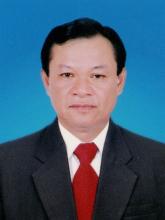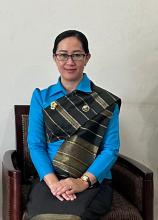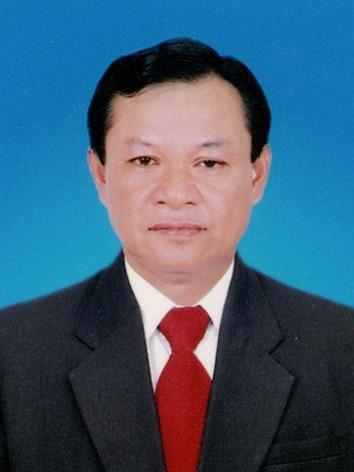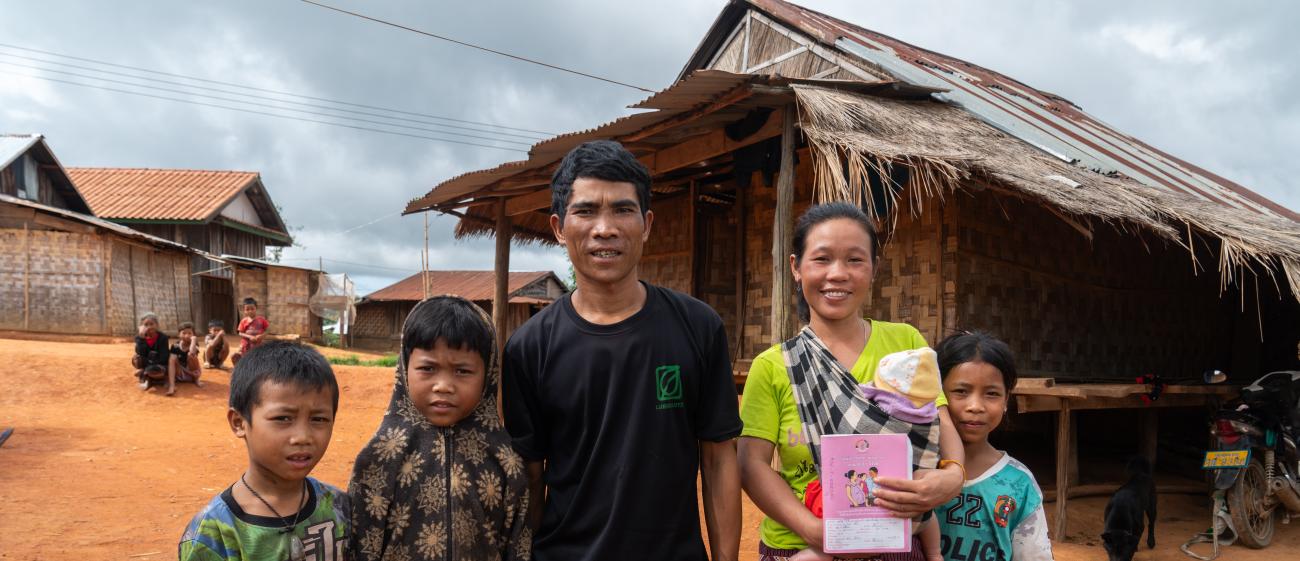The Government of Lao PDR has used geospatial analysis as a powerful tool in the effort to enhance primary healthcare services. The tool maps data for demographic and socio-economic status, the location of health facilities, use of health services, and the availability of human resources for health.
Improve strategic planning, resource allocation, and health infrastructure along with increasing the availability of health and care workers encourages trust in health services among the population, leading to an increase in use of services.
By leveraging geospatial data the Ministry of Health, with support from WHO and the UHC Partnership, identified key areas for improvement and developed targeted interventions to improve the accessibility, availability, and quality of health and care services at the primary care level.
The use of geospatial analysis along with data on health attributes, demographics, and the social determinants of health provided valuable insights into the healthcare landscape in Lao PDR and informed strategic decision-making processes to strengthen primary healthcare services.

“Lao PDR will be using geospatial analysis to drive decision-making about where to improve and invest in primary health services across the country. It means we can be more strategic and precise about better supporting those communities who need health services the most, leading us purposefully along the path to achieve universal health coverage.”

“When I participated in the consultation on health planning, it was of huge significance to be able to draw upon the data made available through the geospatial analysis. Although we can all speak from professional experience about health workforce and health facilities challenges, having accurate data available makes our contributions and decision-making more meaningful than ever before.”

“The geospatial analytical approach that the Ministry of Health has taken is very refreshing. Being able to consider and analyse multiple levels of data simultaneously has brought a depth and breadth to our strategic decision-making. In consultation with others working at sub-national level, we are confident this will strongly improve how we manage primary health care.”

“Through analysis of accurate data, consultations with key stakeholders and application into strategic decision-making, Lao PDR is making clear steps towards strengthening its health workforce and primary health care system. Particularly, this approach identifies areas and communities that need extra attention which improves equity and helps move toward health for all. WHO commends the efforts of the Ministry of Health.”
THE LONG READ
Kua lives in remote Sa Kuan Village, Luang Prabang Province with her husband Sivong and their four children. The family’s village sits in a beautiful but remote and mountainous part of Lao People’s Democratic Republic (PDR), several hours from a major road and a more than one-and-a-half-hour drive across rugged terrain to the closest medical facility, Huay Khing Health Center.
Giving birth at home placed Kua at an increased risk of pregnancy complications with no access to medical support. It was impossible for her to travel safely to the small health center late in her pregnancy due to significant financial costs and a lack of transport.
Since 2021, Lao PDR has been using geospatial analysis as a powerful tool in the effort to enhance primary healthcare services. The tool maps data for demographic and socio-economic status, the location of health facilities, use of health services, and the available human resources for health.
This data has allowed the Government to improve its strategic planning and resource allocation to improve the accessibility, availability, and quality of health and care services at the primary care level. Improving health infrastructure and the availability of health and care workers encourages trust in health services among the population. This approach also provides clear guidance on where further investment is needed to address health inequity issues.
Aiming to improve equity and achieve universal health coverage
The Lao PDR Health Sector Reform Strategy 2021-2030 identifies strengthening primary health care as a critical foundation to achieve universal health coverage (UHC) and other health-related Sustainable Development Goals by 2030. WHO, through the UHC Partnership, supported the development process of the Health Sector Reform Strategy through technical guidance and financial support to organize consultations at central and subnational levels.
The UHC Partnership operates in over 125 countries, representing over 3 billion people. It is supported and funded by Belgium, Canada, the European Union, France, Germany, Ireland, Luxembourg, Japan, the United Kingdom of Great Britain and Northern Ireland, and WHO.
While Lao PDR has improved many health targets in the past decades, the Government is putting more emphasis on improving health equity, eliminating communicable diseases, and reducing maternal mortality and under-five mortality rates by improving services for hard-to-reach populations in remote and rural areas.
The Government has prioritized a primary health care-oriented health system to achieve this, and geospatial analysis can drive data-informed policy decisions around the strategic allocation of limited resources such as human resources for health and health service improvement.
“Lao PDR will be using geospatial analysis to drive decision-making about where to improve and invest in primary health services across the country. It means we can be more strategic and precise about better supporting those communities who need health services the most, leading us purposefully along the path to achieve universal health coverage,” said Dr Bounserth Keoprasith, Director General of the Department of Planning and Finance at the Ministry of Health for Lao PDR.

Mapping for equity and change
All three levels of WHO, through the UHC Partnership, provided support to the Ministry of Health to undertake this comprehensive initiative. Initially, a pilot project took place in two provinces with the aim of identifying data to support health planning including the selection of health facilities for investment, closure, or repurposing, and the redistribution of human resources for health at the subnational level.
In 2023, the Ministry of Health used the pilot results to guide further analysis and dissemination and facilitated consultations through two regional workshops among Director Generals, Deputy Director Generals, planning focal points, and concerned technical officers from provincial level and central departments. These workshops took place at the subnational level across 17 provinces to improve planning for human resources for health.
“When I participated in the consultation on health planning, it was of huge significance to be able to draw upon the data made available through the geospatial analysis. Although we can all speak from professional experience about health workforce and health facilities challenges, having accurate data available makes our contributions and decision-making more meaningful than ever before,” said Dr Viengsy Souphakdy, Director General of the Provincial Health Office of Champasak Province in Lao PDR.

Geographical data, health attributes data, social determinants of health, and demographic data all provided valuable inputs into the analysis. Geographical data included information about health centers, road networks, and barriers to entry such as bodies of water. Road network data and waterbodies data were gathered from the Centre for Development and Environment and Open Street Maps.
The Ministry of Health provided a list of health facilities and data on health attributes, outpatient visits, antenatal care, skilled birth attendance, and human resources for health were primarily sourced from District Health Information Software version 2 (DHIS2) based on the National Health Management Information System. Data from the Lao Population and Housing Census conducted in 2015 was used to create layers that show demographic data and social determinants of health, such as ethnicity and poverty, at the village level. The Ministry of Health agreed on markers to determine whether a health center should be maintained, improved through investment, repurposed for health promotion activities, or closed.
A software programme called ArcGIS Pro was used to map, visualize, and analyse the multiple layers of data. Each indicator was overlaid to provide context and create different scenarios using combinations of six indicators. The results of the analysis, along with several recommendations, were presented to central and provincial health authorities during a series of consultation meetings in Luang Prabang and Pakse, Lao PDR.
“The geospatial analytical approach that the Ministry of Health has taken is very refreshing. Being able to consider and analyse multiple levels of data simultaneously has brought a depth and breadth to our strategic decision-making. In consultation with others working at sub-national level, we are confident this will strongly improve how we manage primary health care,” said Dr Phetvongsinh Chivorakhoun, Deputy Chief of the Division of Planning and Budgeting of the Department of Planning and Finance at the Ministry of Health, Lao PDR.

Scenarios for planning and improving access to primary health care
One scenario showed that approximately 11% of health centers were located less than 10 km from another health center or hospital and had less than an estimated 3000 population coverage. Proximity to another health facility may lower utilization rate as patients opt to seek healthcare in nearby health centers or district hospitals.
A second scenario used geographical distance indicators coupled with low utilization rates despite having a more than 3000 estimated population coverage and sufficient health personnel. The utilization rates for the health centers in this scenario were low because of their proximity to larger, more equipped district hospitals and in the case of the capital Vientiane, proximity to central hospitals.
A third scenario highlighted health centers with low outpatient cases, antenatal care visits, skilled birth attendance, and a lack of the minimum required number of health personnel. However, low utilization of health centers does not mean the facility is unnecessary. Depending on the reasons for low utilization like lack of qualified health personnel, accessibility issues in remote/rural areas or cultural barriers, they may need more investment in those health centres.
During the consultation meetings, participants discussed a more detailed and nuanced picture of the situation on the ground leading to considerations for the maintenance, investing, repurposing, or closing of health centers across the country.
“Through analysis of accurate data, consultations with key stakeholders and application into strategic decision-making, Lao PDR is making clear steps towards strengthening its health workforce and primary health care system. Particularly, this approach identifies areas and communities that need extra attention which improves equity and helps move toward health for all. WHO commends the efforts of the Ministry of Health,” said Dr Timothy Amstrong, WHO Representative for Lao PDR.

You can find more information by visiting the Strategic Partnership for Health Security and Emergency Preparedness (SPH) Portal: https://extranet.who.int/sph/.
